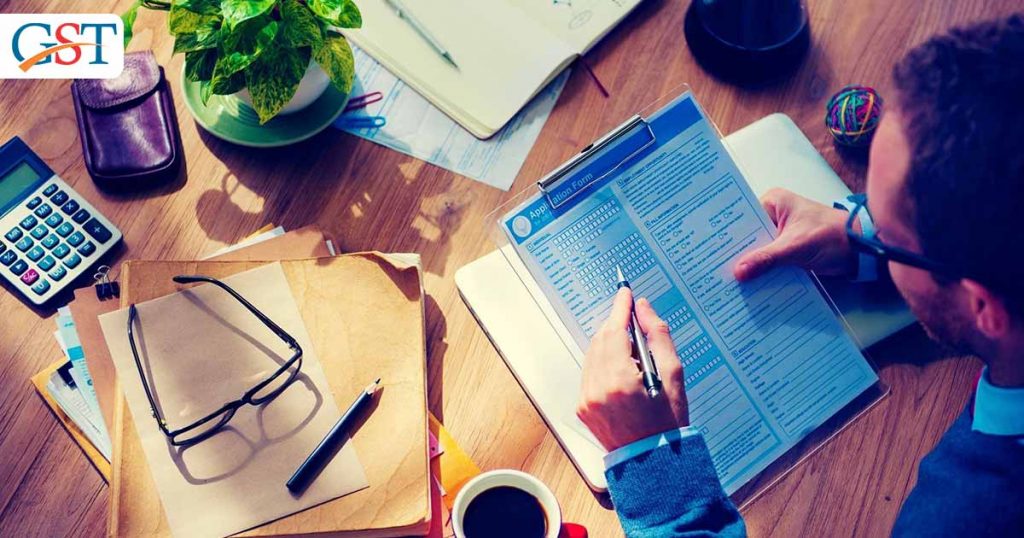
The statutory audit season were about to end with the end of September month though it has extended for one more month due to the extension of due dates. Post expiry of audit season, the companies start focusing on internal audits. In internal audits statutory compliance remains a compulsory component which consists of basic reconciliations as part of GST testing. Other than this, several other testing procedures can also be included as a part of GST testing which are listed below:
- Verification of a certificate of registration whether it is prominently displayed to all the locations where business is done or not.
- Verification of GSTIN no. whether it is included with the name of the business in displays (Rule 18 under CGST Rules mandates showcase of Goods and Services Tax Identification Number of every registered person on the name board displayed at the entry of principal place of business and at other places or places of business.)
Read Also: GST Audit Types – Statutory, Departmental, Special & Management Audit
- Verify that the organisation with different branches in different states gets different registration and the other places of business within the states gets updated in the registration certificate.
- Verify the GST registration data of customer master is valid or not. It can easily be done with the use of online tools available for free at (verifies validity of 50 GSTINs at once)- https://app.sahigst.com/search-taxpayer ).
- Verify the invoice reveals details of all the particulars mandatory as per the GST Act (Invoice number and date, Customer name, Shipping and billing address, Customer and taxpayer’s GSTIN (if registered), Place of supply, HSN code/ SAC code, Item details i.e. description, quantity (number), unit (meter, kg etc.), total value, taxable value and discounts, Rate and amount of taxes i.e. CGST/ SGST/ IGST, Whether GST is payable on reverse charge basis, signature of the supplier) on a sample Basis.
- Verify that a Self-invoice is generated for all the RCM payments revealing the details according to the Act (The Self-invoice should also unveil all the necessities of a forward charge invoice as described in the above point).
- The entity should perform testing procedure-GSTR 3B vs GSTR 1 vs Books reconciliation for output tax (It should be ensured during GST testing under internal audit that the mentioned testing procedure being performed by the entity or not and being re performed repeatedly for accuracy and validity).
- It should be verified that the entity is performing testing procedure-GSTR 3B vs GSTR 2A vs Books for reconciliation of input credit claimed and input details uploaded by the supplier in his GSTR-1, periodically or not.
- The filling of all the GST returns within the due dates should also be verified
- The verification of claimed input credit by the company is eligible credit or not should be done. Since the entity is not eligible to claim blocked credit as per sec 17(5).
- It should be verified that the payments are made to suppliers within 180 days from the date of invoice for which input credit is claimed. Otherwise, the input should be reversed if the payment is not made within 180 days.
- The E-way bill system of the entity should also be reviewed in order to find out whether the details of the e-way bill issued from business whenever necessary, match with the details of sales or purchase invoices, whichever is the case, etc).
- It is to be ensured that the company is maintaining HSN/SAC wise details for Output, Inputs (needed for filing annual return (GSTR-9)).










nice article thansk for sharing